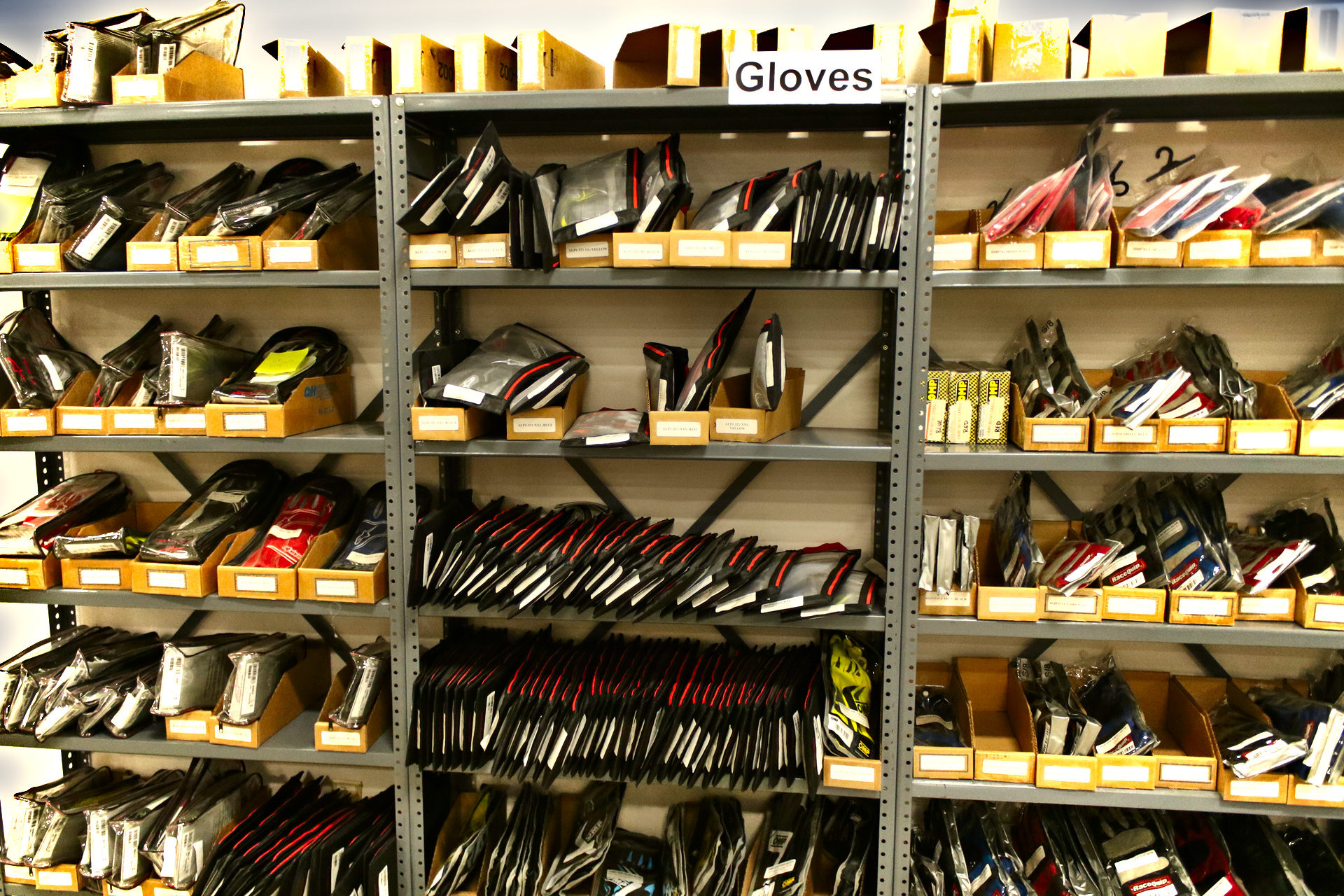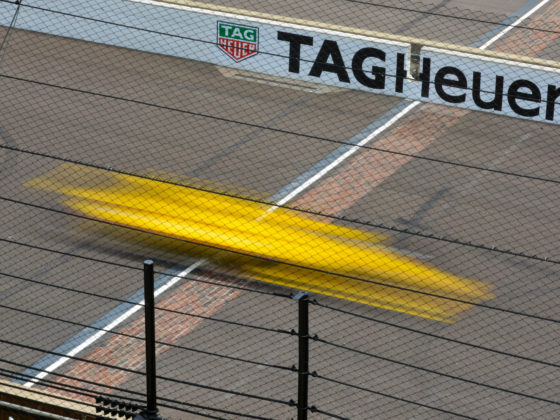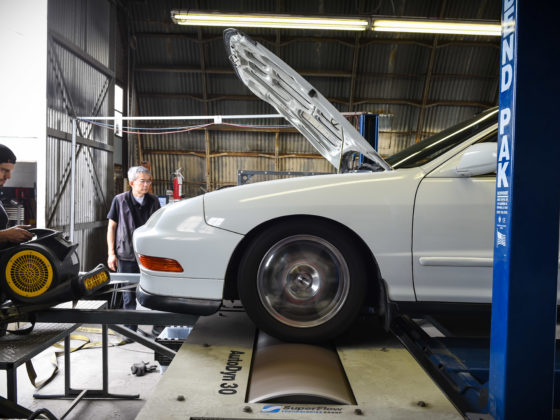Making the right choices, especially regarding proper fitment, is extremely important. Expensive equipment, if it doesn’t fit right, may not offer any protection, regardless of how much more you spent.
Throughout the world there are various certifying organizations with a range of standards for helmets. In the United States, the Snell Foundation is the main standards organization for helmets. While the Department of Transportation (DOT) does certify helmets, they essentially only do so for motorcycles. It is possible to have a DOT helmet that is not Snell certified.
Snell offers a wide array of helmet certifications, but the two ones that you will most often encounter are M (for motorcycle) and SA (for motorsports). For autocross use, Snell’s M-rated helmets are often allowed. However, for track day and especially for racing use, SA-rated helmets are mandatory. The other most common certification that you will encounter is the FIA 8859 / 8860. But we’ll focus on Snell for now since I’m an American and doing almost all of my motorsports activities here in the US.
Every 5 years the Snell foundation updates the certification requirements and manufacturers, in most cases, update their designs to be able to pass the new, more stringent, requirements. This is done on the 5s and the 0s. The current SA specification is SA2015. Most racing organizations require a helmet that either meets the current specification or the previous specification. So, today, in May 2018, one could use an SA2010 or SA2015 helmet.

Arai and some other manufacturers put a lot more into it, though. Various composite materials can be used in the shells and, in the case of the inner materials, multiple densities can be used to provide specific protection in specific areas.
More money generally gives you a better built helmet, but all of them that carry the SA rating passed the same minimum standard. Snell actually purchases random helmets on the open market to double check that they are still meeting the requirements. So, if the safety minimums are all met, what does the extra money get you? In some cases:
- Better fit and finish
- Higher quality construction (materials used, handmade vs factory made, etc)
- Less weight
- “Extra features” – some of which are gimmicks, some not







1 comment
Thanks for great for me